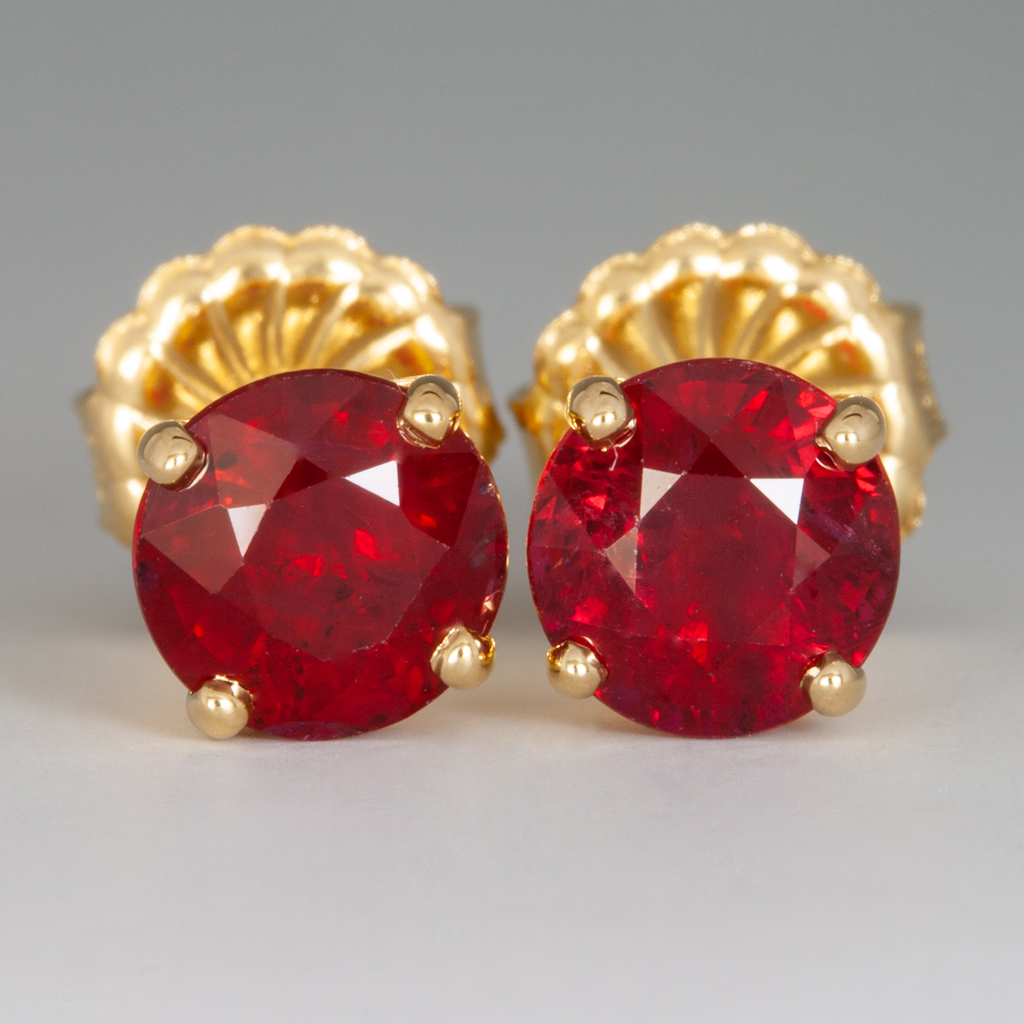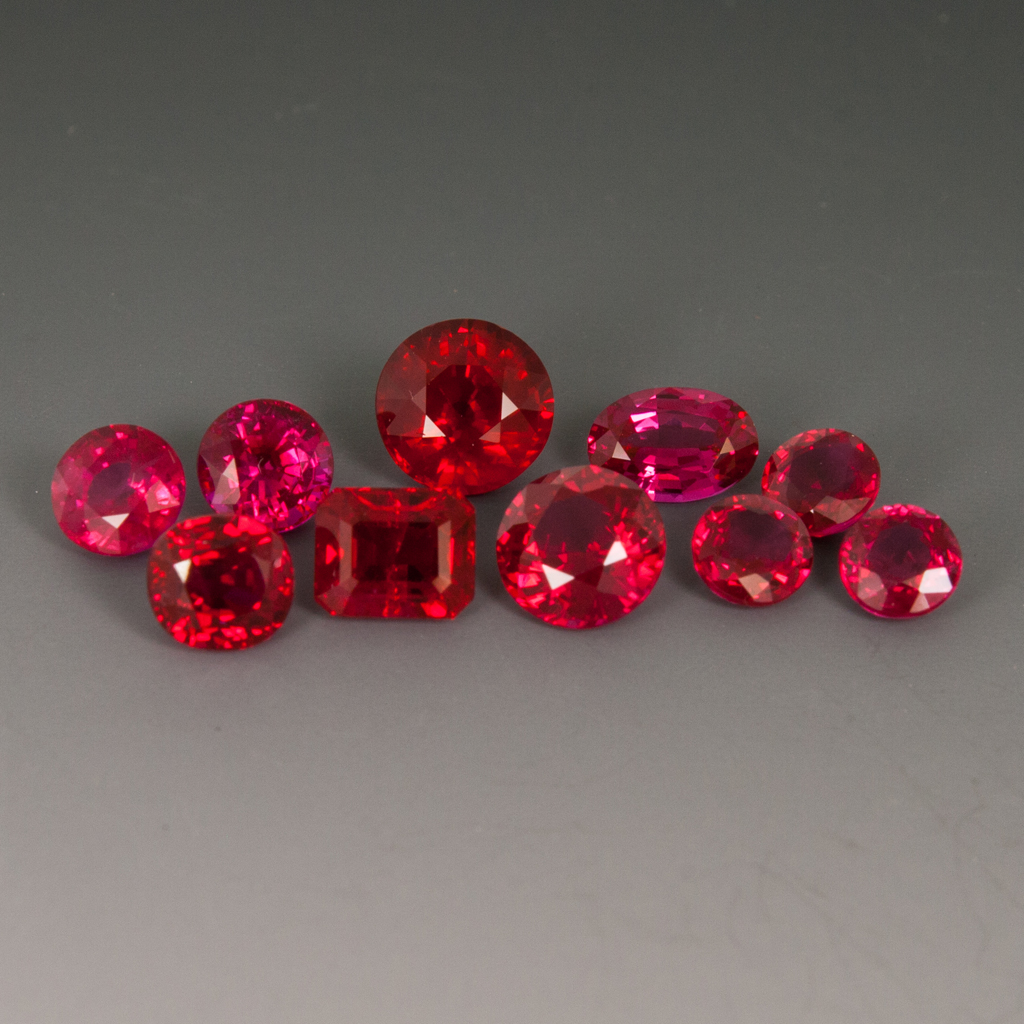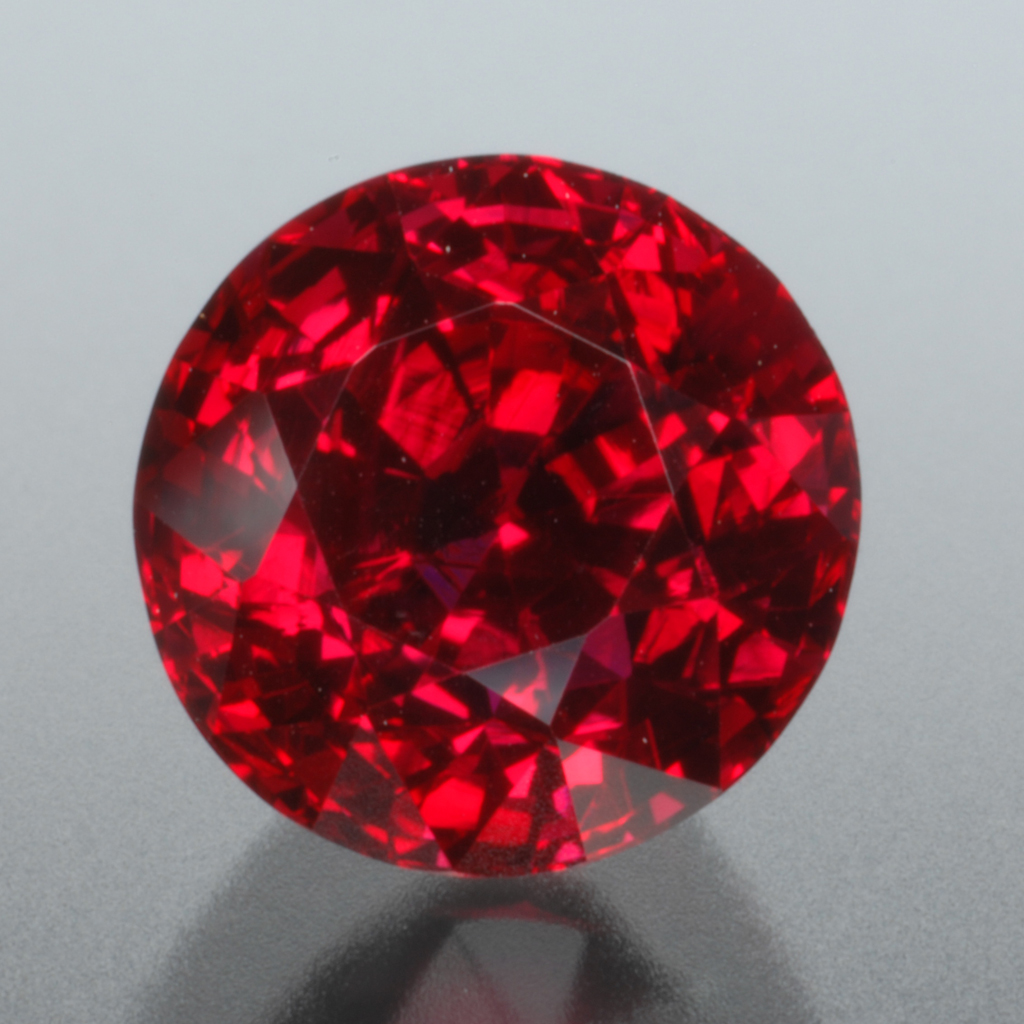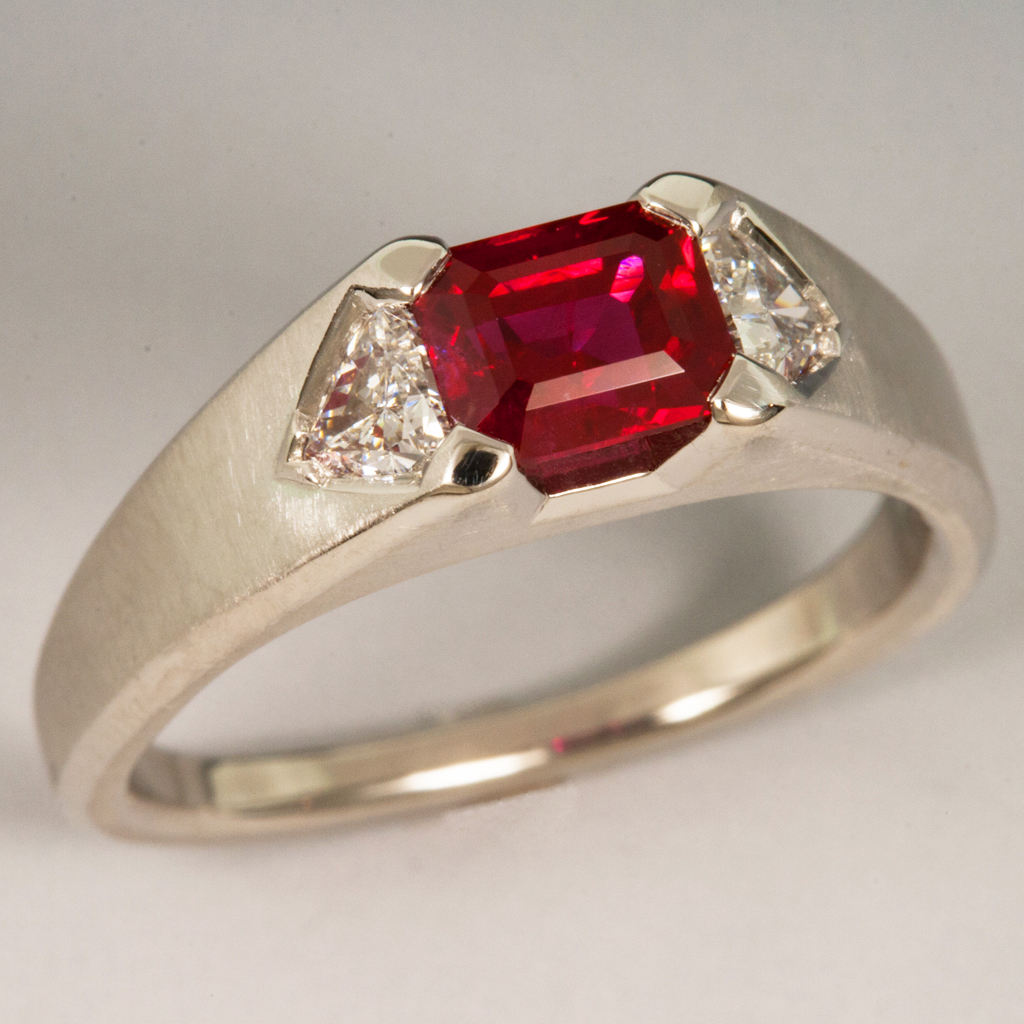
Ruby, Emerald Cut, 5.66 x 4.57mm, 1.02ct. (H)
Diamonds, Trillion Cut, 4.0mm, .25ctw EF/VS matched pair.
The ring was carved by hand and cast in platinum
to perfectly accommodate the gems.
The engraving was done all around the gems to make them sing!
The ring is trapezoidal-shaped for an ergonomic fit and feel.
The platinum is satin finished with highly polished beveled edges.
Exquisitely handcrafted.
Size 6.
